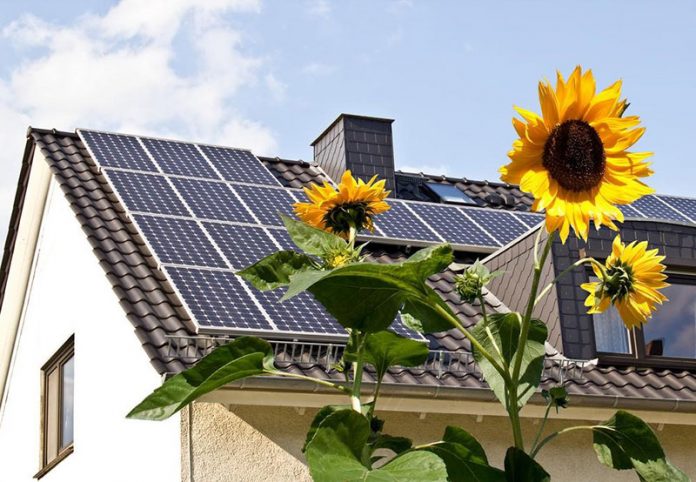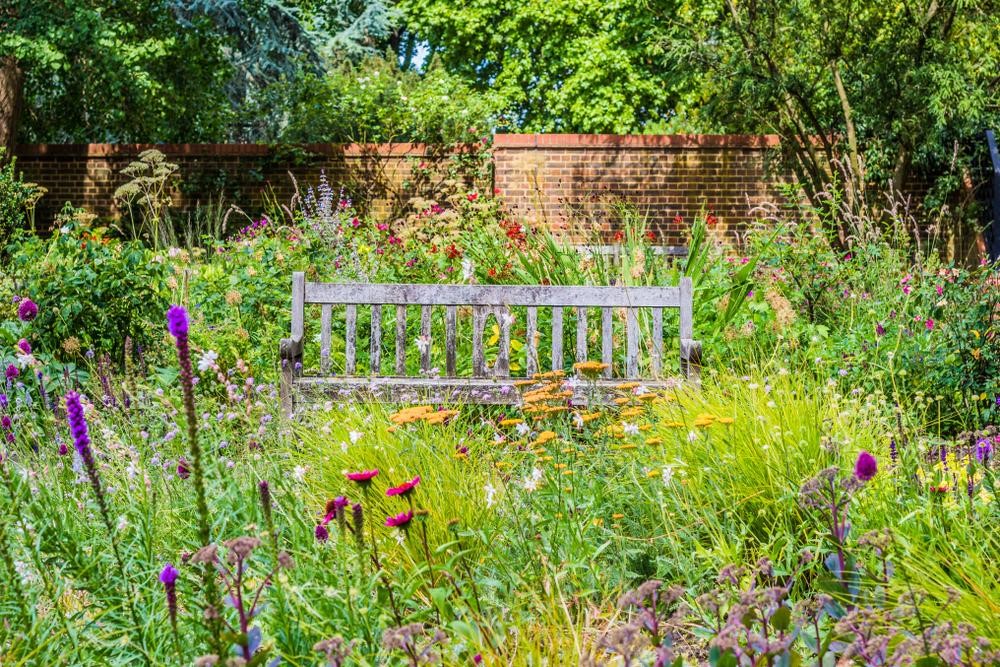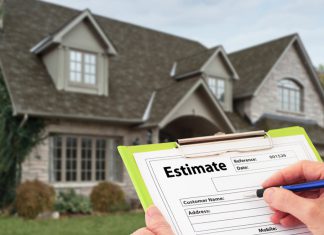Spring is the perfect time to start home renovation. With the snows of winter behind you and the clear and warm days of summer ahead, it’s the best time of the year to reroof your home, build a backyard gazebo paradise, or redo your front walkup to max-out that coveted curb appeal.
While you’re busy dreaming up the perfect way to make your home absolutely stunning, why not consider making your upgrades eco-friendly as well? After all, we’ve only got one planet, and everyone should do their part to make it as sustainable as possible for each other and for future generations. In this post, we’ll show you how. We’ve got 5 eco-friendly home upgrades for you that you’re going to love.
Switch to solar
First, one of the biggest changes that you can make for your home is to switch to solar powered electricity. Solar is the way of the future; it’s clean, totally efficient, and 100% renewable. By powering your home with the energy naturally produced by the sun, you’re keeping thousands of pounds of coal from being dug up out of the ground and burned at the local powerplant. And if everyone in your neighborhood does the same? That’s a lot of carbon reduction.
There are other reasons to switch to solar, however, that make the deal just that much sweeter. In many states, there are actually amazing tax breaks, credits, and rebates available for those who opt for solar. If you produce more electricity than your personal household can use, you can also choose to feed that back into the grid. That means, in some states, you may be eligible to be paid for the energy you produce. That’s a pretty budget-friendly option.
Not sure how to get started? First, check out financing options. Property assessed clean energy is available in a handful of America’s most populous states, so the option may likely be available to you.
Boost your energy efficiency
Energy efficiency is something we should all improve in our day to day lives. From our biggest appliances, like washing machines, refrigerators, and ovens, to even the small lightbulbs we use in our reading lamps, there are tons of truly inefficient energy wastes in our homes. Here are a few ways that you can improve energy usage and reduce the carbon footprint made by your home:
- Swap out your lightbulbs: traditional incandescent lightbulbs are incredibly wasteful, and over time, can even seriously increase your energy bill. Rather than burning money and coal to light up your home, try out halogen or LED lights, which are much more efficient. Worried about harsh lighting? Don’t be. The newest generations of these bulbs come with soft, warm colors that mimic incandescent bulbs without the waste.
- Opt for low flow fixtures: instead of wasting water every time you flush, shower, or use the sink, swap out toilets and faucets for low-flow, high pressure options. Modern devices are so ingenious, they increase pressure so it feels like you’re using the same amount of water while actually saving hundreds of gallons a year.
- Use energy efficient appliances: our appliances are some of the most wasteful features of our home. Gas stoves emit harmful toxins, refrigerators use tons of electricity, and don’t even get us started on washers and driers. Luckily, modern tech has a solution. Next time you’re at the appliance store, ask about energy-efficient options. Electric stoves, energy efficient refrigerators, and low water washing machines are all readily available and great options.
Green your garden
Lastly, it’s time to take a look outside. Many of our garden spaces are very wasteful, as the plants we choose to keep are not well-suited to the environments where we live. Instead of wasting money and water keeping foreign plants alive, why not choose self-sufficient and beautiful native options? They will live longer, require less maintenance, and look more natural in your areas.
This has tons of added benefits for your neighborhood ecosystem, too. Most native animals, and important pollinators like bees and hummingbirds, rely on native plants for their life cycles. By opting for native plants, you provide a mini habitat where local animals and pollinators can survive and thrive. Now that’s an eco-friendly upgrade.
Updating your home can be great for your wellbeing, and with these tips, it can be great for the planet, too!















